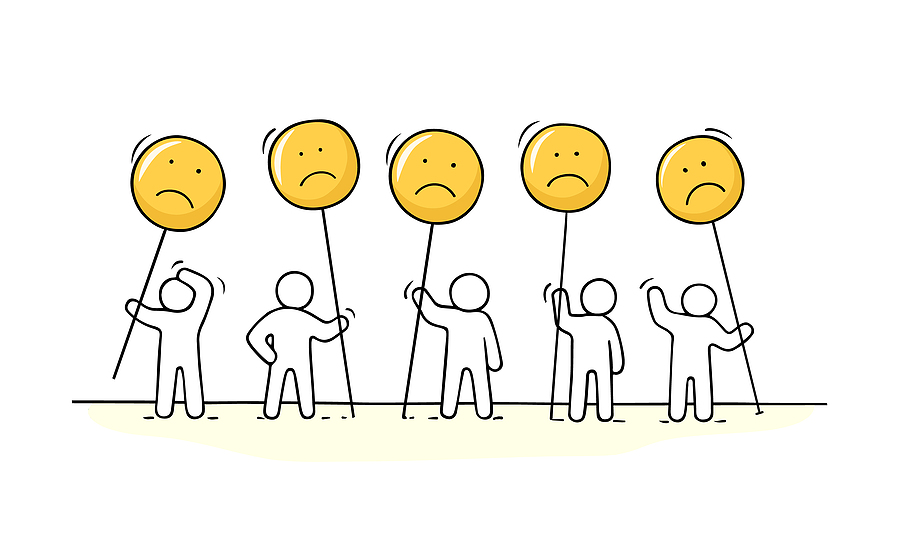
Chatting with peers does not help children in coping with negative news
Many children experience negative emotions after watching television news. Because today’s children more often watch the news alone in an online setting, it is crucial to give them their own tools to handle those emotions. A study in Journal of Youth and Adolescence investigates whether facilitating online chat conversations with peers about negative news helps children to deal with their emotions. As it turns out, seeking social support in online chat conversations does not have the anticipated effect—and might even backfire.
Take aways
- Seeking peer support online with regard to news is not as promising as expected.
- Providing distraction seems to be a more promising way to help children deal with their emotions.
- For example, chat conversations with peers about something else than the news, or solving a puzzle, can distract children’s attention, and might be seen as a way of coping with negative news.
Study information
Who?
307 children between 8 and 13 years old (Mage = 10.51; 46.3% girls)
Where?
The Netherlands
How?
Children participated in an study in which they watched a news clip. They indicated their emotions (fear, sadness, happiness and enthusiasm) before seeing a news video, after exposure to this news video and after participating in a post-exposure activity. This activity involved either chatting about the news with peers, chatting about something else with peers, or solving a puzzle.
Facts and findings
- The negative news video had a negative effect on children’s emotions compared to children’s emotions before the news video:
- On a scale from 0 to 100, all children reported higher negative emotions (scoring on average 22) after watching a negative news clip than before watching it (on average 7).
- They also reported lower positive emotions (50) after watching a news video than before watching it (74).
- Children who participated in a chat conversation about the news reported higher levels of negative emotions (18) and lower levels of positive emotions (60), than children who participated in the nonrelated chat conversation or solved a puzzle (negative = 8, positive = 73).
- When children participated in a chat conversation about something else or solved a puzzle, their levels of negative and positive emotions returned to the same level (negative = 8, positive = 73) as at the beginning of the experiment, before the news exposure (negative = 6, positive = 74).
- For children in the news-related chat conversation, their level of negative emotions (18) remained higher and the level of positive emotions (60) lower than before news exposure (negative = 7, positive = 73).
- General preference for seeking social support did not have influence on the effect of the post-exposure activities on children’s emotions.